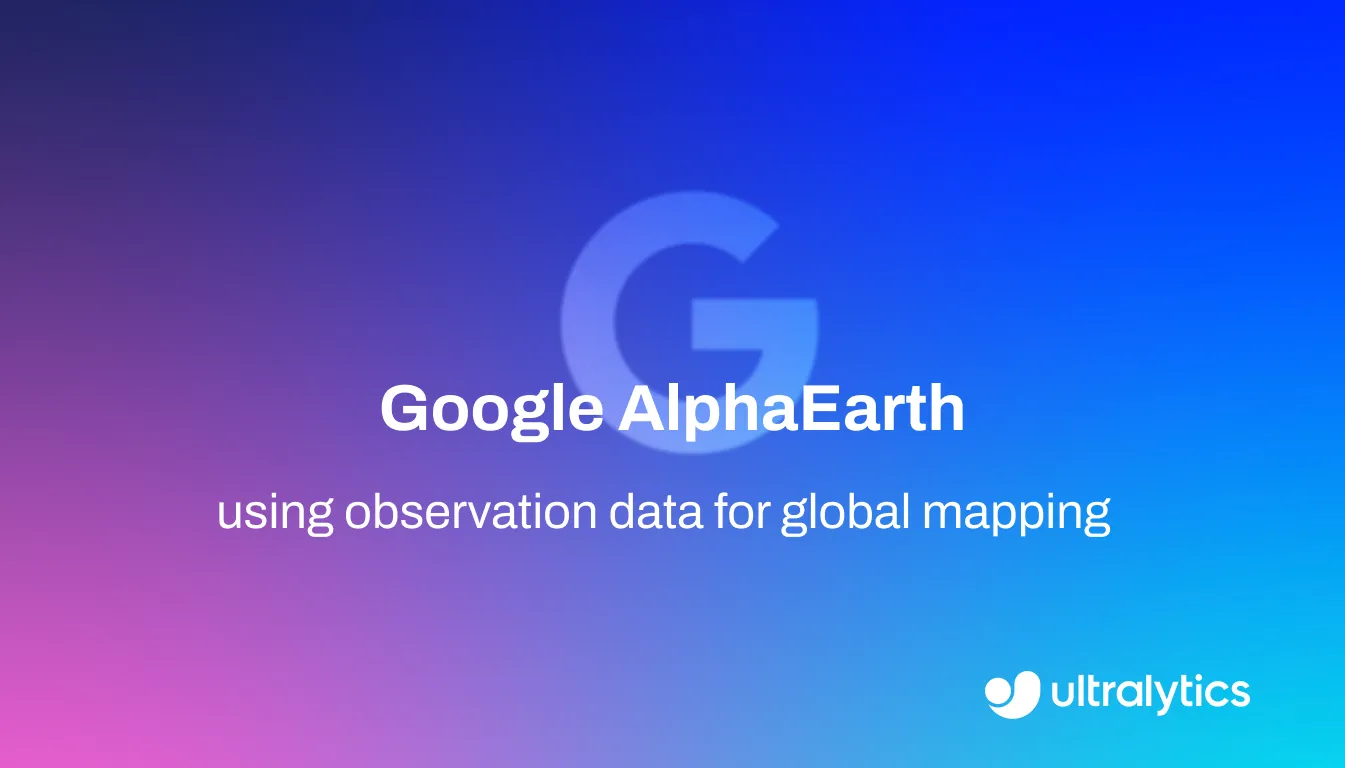مساعد افتراضي
اكتشف كيف يستخدم المساعدون الافتراضيون المدعومون بالذكاء الاصطناعي البرمجة اللغوية العصبية والتعلم الآلي وتعلم الآلة وخدمات نقل النص الفائق لأتمتة المهام وتعزيز الإنتاجية وتحويل الصناعات.
المساعد الافتراضي (VA) هو وكيل برمجيات متقدم مصمم لفهم أوامر اللغة الطبيعية وأداء مجموعة كبيرة من المهام للمستخدم. تعمل هذه التطبيقات التي تعمل بالذكاء الاصطناعي كمساعدات استباقية وشخصية مدمجة في الهواتف الذكية ومكبرات الصوت الذكية وغيرها من الأجهزة. وتُعد تطبيقات المساعدين المساعدين المساعدين تطبيقاً بارزاً للذكاء الاصطناعي الضعيف، حيث تعمل ضمن مجموعة محددة مسبقاً من القدرات، وتتفوق في وظائف محددة بدلاً من امتلاك ذكاء عام شبيه بذكاء الإنسان. وهي تعمل كواجهة سهلة الاستخدام للأنظمة الرقمية المعقدة، مما يبسّط كيفية تفاعلنا مع التكنولوجيا في حياتنا اليومية.
كيف يعمل المساعدون الافتراضيون
يعتمد المساعدون الافتراضيون على مجموعة من تقنيات الذكاء الاصطناعي الأساسية للعمل بفعالية. وتعتمد قدرتها على فهم الطلبات البشرية والاستجابة لها على مجموعة من التقنيات المتطورة:
- معالجة اللغة الطبيعية (NLP): هذا هو حجر الزاوية في VA. تسمح البرمجة اللغوية العصبية للبرمجيات بفهم بنية اللغة البشرية ومقاصدها، سواء كانت مكتوبة أو منطوقة. وهو يتضمن تحليل الجمل لفهم القواعد النحوية والسياق وأهداف المستخدم.
- التعرّف على الكلام: بالنسبة للمساعدات المساعدة التي تعمل بالصوت مثل سيري من آبل أو أليكسا من أمازون، تقوم هذه التقنية بتحويل الكلام المسموع إلى نص مقروء آلياً، ثم تتم معالجته بواسطة محرك البرمجة اللغوية العصبية.
- التعلُّم الآلي (ML): تستخدم برامج المساعدة الافتراضية التعلم العميق وخوارزميات التعلم الآلي الأخرى لتحسين أدائها بمرور الوقت. ومن خلال التعلم من تفاعلات المستخدمين، يصبحون أفضل في التنبؤ باحتياجات المستخدم وتقديم استجابات أكثر دقة.
- واجهات برمجة التطبيقات (APIs): تحقق واجهات برمجة التطبيقات وظائفها الواسعة من خلال التكامل مع التطبيقات والخدمات الأخرى من خلال واجهات برمجة التطبيقات. وهذا يسمح لها بأداء مهام مثل التحقق من حالة الطقس، أو تشغيل الموسيقى من خدمة البث، أو إضافة حدث إلى تقويم رقمي.
التطبيقات الواقعية
أصبح المساعدون الافتراضيون جزءاً لا يتجزأ من العديد من المنصات وأصبحوا أدوات أساسية في مختلف المجالات:
- الإنتاجية الشخصية: تساعد الأجهزة المساعدة مثل Google Assistant وCortana من مايكروسوفت المستخدمين على إدارة جداولهم الزمنية وتعيين التذكيرات وإرسال الرسائل والبحث عن المعلومات عبر الإنترنت، كل ذلك من خلال أوامر صوتية بسيطة. وهي مدمجة بعمق في أنظمة التشغيل مثل Android وWindows.
- التحكم في المنزل الذكي: تُعدّ أجهزة VA أساسية في النظام البيئي للمنزل الذكي، مما يسمح للمستخدمين بالتحكم في الأضواء وأجهزة تنظيم الحرارة وكاميرات المراقبة وغيرها من الأجهزة المتصلة.
- صناعة السيارات: يعمل المساعدون داخل السيارة على تعزيز السلامة والراحة في السيارات الحديثة، بما في ذلك العديد من السيارات المزودة بميزاتالقيادة شبه الذاتية. يمكن للسائقين التحكم في الملاحة وإجراء المكالمات وضبط إعدادات السيارة دون رفع أيديهم عن عجلة القيادة.
- الرعاية الصحية: تُستخدَم أجهزة مساعدة المرضى لمساعدة المرضى في تذكيرهم بالأدوية وجدولة المواعيد، مما يساهم في نمو الذكاء الاصطناعي في مجال الرعاية الصحية.
المساعد الافتراضي مقابل روبوت المحادثة
في حين أن كلاً من المساعدين الافتراضيين وروبوتات الدردشة الآلية هما ذكاء اصطناعي للمحادثة، إلا أنهما يختلفان في نواحٍ رئيسية:
- النطاق: تتمتع روبوتات المحادثة الآلية بمجموعة واسعة من القدرات وغالبًا ما تكون مدمجة على مستوى نظام التشغيل، مما يسمح لها بتنفيذ إجراءات عبر تطبيقات مختلفة. عادةً ما تكون روبوتات الدردشة الآلية متخصصة لغرض واحد، مثل دعم العملاء على موقع إلكتروني.
- تنفيذ المهام: تم تصميم الروبوتات المساعدة لتنفيذ مهام تتجاوز المحادثة، مثل التحكم في الأجهزة أو إدارة المعلومات الشخصية. تركز روبوتات المحادثة في المقام الأول على توفير المعلومات أو توجيه المستخدمين من خلال سير عمل محادثة محددة.
- التكامل: غالبًا ما يعمل برنامج المحادثة الآلي كمحور مركزي للعديد من الخدمات. عادةً ما يتم تضمين روبوت الدردشة الآلية في تطبيق أو منصة واحدة.
أصبح التمييز أقل جمودًا مع ظهور نماذج اللغات الكبيرة القوية (LLMs)، ولكن يبقى الفرق الأساسي في اتساع نطاق وقدرات تنفيذ المهام. تتم تغطية تطوير كليهما في أدلة Ultralytics الشاملة.
المستقبل: التكامل مع الرؤية الحاسوبية
تتمثل الحدود التالية للمساعدين الافتراضيين في التكامل مع الرؤية الحاسوبية، مما يؤدي إلى تطوير نماذج متطورة متعددة الوسائط. من خلال معالجة المدخلات البصرية، يمكن للمساعدين الافتراضيين فهم السياق بشكل أعمق بكثير. على سبيل المثال، يمكن أن يستخدم المساعد الافتراضي الافتراضي المستقبلي كاميرا الهاتف الذكي ونموذج اكتشاف الأشياء مثل Ultralytics YOLO11 لتحديد معلم ما وتقديم معلومات تاريخية عنه. سيؤدي هذا التقارب بين اللغة والرؤية إلى فتح تطبيقات جديدة، بدءًا من تجارب التسوق التفاعلية إلى التقنيات المساعدة الأكثر قدرة. ومع ازدياد قوة هذه الأنظمة، تزداد أهمية الاعتبارات المتعلقة بأخلاقيات الذكاء الاصطناعي وخصوصية البيانات. وتوفر منصات مثل Ultralytics HUB الأدوات اللازمة لبناء ونشر نماذج الذكاء الاصطناعي من الجيل التالي هذه بشكل مسؤول.








